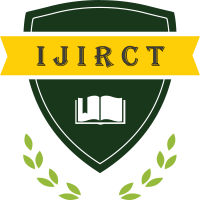Investigating the Impact of Salinity on Coriander Growth, Germination, and Stress Responses to Develop Sustainable Cultivation Practices in Saline Conditions
Author(s): Poonam Yadav
Publication #: 2407097
Date of Publication: 30.07.2024
Country: India
Pages: 1-14
Published In: Volume 10 Issue 4 July-2024
Abstract
Coriander (Coriandrum sativum L.) is a widely used herb in culinary, medicinal, and industrial applications. It is essential to understand how salinity, a common agricultural issue, impacts its growth. This study examines the effects of different salt concentrations on coriander's germination, growth, and overall health. Using sodium chloride (NaCl) treatments ranging from 0 to 4000 ppm, the research evaluates key growth parameters such as germination rate, plant length, number of leaves, root development, and shoot tip necrosis. Results indicate a significant negative correlation between salinity levels and plant health. As NaCl concentration increased, the germination rate decreased sharply, with no germination observed at 4000 ppm. Similarly, plant length, number of leaves, and root development were significantly hindered by higher salinity levels. Shoot tip necrosis, an indicator of stress, became more prevalent with increasing NaCl concentrations. The findings underscore coriander's sensitivity to salinity, highlighting the need for effective soil and irrigation management practices to mitigate salinity's adverse effects. This study contributes to the broader understanding of salinity resilience in crops and underscores the importance of developing salt-tolerant varieties or adopting cultivation techniques to ensure sustainable coriander production in saline-prone areas.
Keywords: Coriander (Coriandrum sativum L.), Salinity, Germination, Crop resilience
Download/View Count: 344
Share this Article
